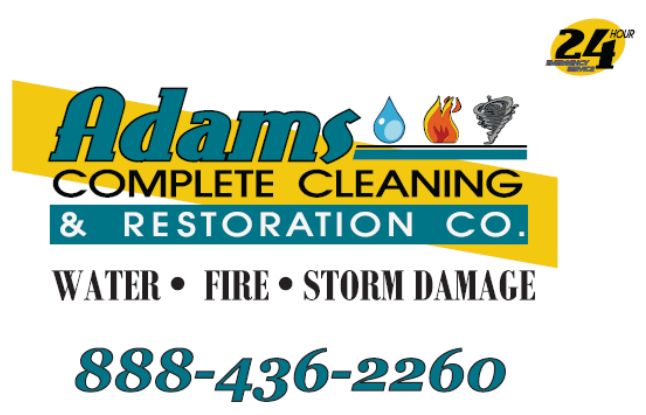Water Damage Caused by Toilet Overflows
No one wants to get stuck dealing with an overflowing toilet. While it’s mainly thought of as a gross annoyance, toilet overflows can have serious implications for the safety of your home.
Possible damage from overflowed toilets
Depending on where the toilet is, the potential for damage varies greatly. If your toilet is on the ground floor with a just foundation beneath it, it should be a relatively simple cleanup. But a second-floor toilet overflow can cause serious damage throughout your home. Here are the areas to check for signs of damage after a toilet overflows:
Flooring
Drywall
Subfloor
Trim
Carpeting
Electrical wiring
Ceiling (second-floor toilet)
In the rush of trying to clean up an overflowing toilet, you may miss some areas like cracks and behind cabinets where the water can find its way into. If you don’t find and clean up all of the water from an overflowed toilet, you’ll probably run into problems like mold and rot down the line.
Categories of toilet overflow
Since toilet water has a high risk of flooding with contaminated water, it’s important to keep these categories in mind so that you can safely deal with the overflow.
Category 1
Sanitary water is clear water that is not contaminated with waste. This water would come from the supply lines and doesn’t pose an immediate health hazard.
Category 2
This is what is often called “greywater.” Greywater is not completely contaminated but does carry some contaminants which could cause illness. You would find grey water in the dishwater before the washing cycle drains, for example.
Category 3
Much more dangerous than greywater is “black water.” Blackwater is fully contaminated and should not be handled without the proper equipment like gloves and a mask. It’s best left up to professionals. Blackwater comes from a backup in the sewer line.
How to deal with an overflowing toilet
Figure out where the water is coming from, like the supply line or the sewer line.
If it’s a serious overflow, get in touch with your insurance provider to start a claim. They can also provide a professional cleanup company.
If the water is clean, you should stop the overflow on your own and dry the area as much as you can.
If it’s black water, you should call a professional. They’ll have the proper equipment to keep themselves safe and to get rid of the black water more effectively.
Call a professional to take moisture readings after cleanup. Chances are, water seeped into cracks and gaps in your flooring and walls.
Adams Complete Cleaning & Restoration | Emergency flooding cleanup
If your toilet has overflowed and the water is contaminated, please give us a call for help. We’ll get rid of all the contaminated water safely, and we can assess the damage once we finish the cleanup. Our professionals know where to look for water damage, even in the sneaky, hard-to-see spots that water can seep into. We’ll make sure that you don’t end up dealing with mold in a few months due to water that was missed. Our professional crew will quickly clean up the overflowed toilet and make sure that your house is safe again.
For toilet overflow cleanup and water damage inspection, give us a call now at (586) 945-3507 or send in an online contact form!

